Jersey Milk Cows = Best Homestead Cattle
Jersey milk cows are one of the best homestead cattle breeds. They’re favored among homesteaders for their high production of butterfat-rich raw milk you can turn into several dairy products.
Whether you have a large or small homestead, you can find space for at least one dairy cow. Why not make it one of the oldest and most preferred dairy cattle breeds?
Boosting your self-sufficiency is only one reason to consider getting this cattle breed for your homestead. We can think of 4 other good reasons why Jersey milk cows are the best choice for every homestead.
1 – High Milk Production
Jersey milk cows are preferred by homesteaders (and some dairy farmers) for their high milk production. These lovely ladies produce an average of 4 to 6 gallons of milk per day, making them an excellent choice for homestead families.
On our homestead, our Jersey cattle produce more milk than we can consume each day. We end up making dairy products like butter and cheese from our daily yields of raw milk. Sometimes we freeze excess quantities for use later.
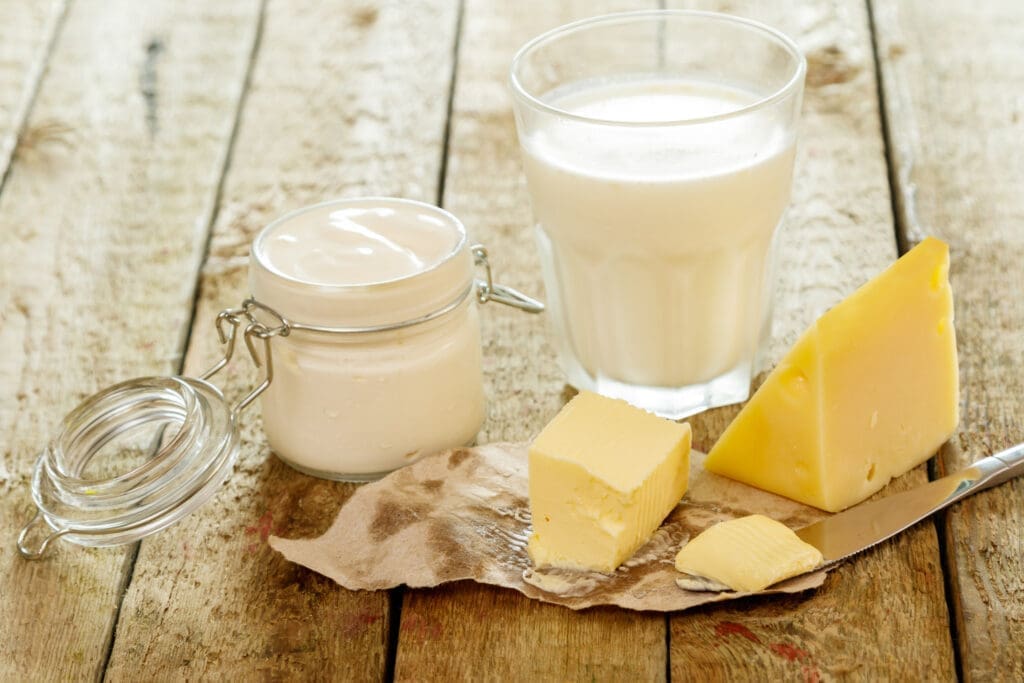
A2 raw milk
Not only do Jersey milk cows produce a lot of milk, but they also produce raw A2 milk that is more easily digestible than β-casein protein producers like Holsteins.
More than 30 million Americans are lactose-intolerant, making milk with β-casein protein undrinkable (unless they want to experience digestive system discomfort).
Not all Jersey cattle produce A2 milk, so be sure to have them tested before buying if this is important to you.
2 – Gentle Temperament
One of the reasons Jersey cattle are preferred by homesteaders is their gentle temperament. Those big doe eyes and soft ears are just the icing on the cake with these cuties.
Known for their docile and friendly nature, most Jerseys are easy to handle, even if you’ve never worked with cattle before. They’re so agreeable that even most children can manage them.
That’s not to say that every Jersey milk cow is agreeable. Some of them are quite stubborn, making tasks like daily milking an impossible chore.
Before you buy Jersey cattle, spend some time with them to gauge their personality. Make sure they’re calm and gentle, especially if you plan to let your little ones help care for them.
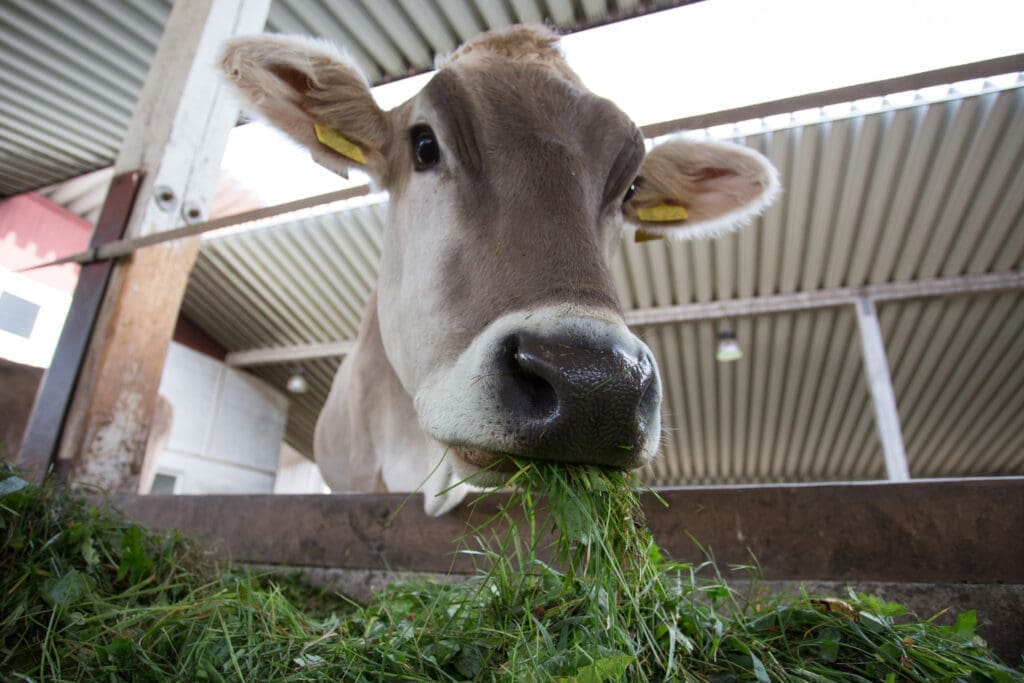
3 – Efficient Feed Conversion
Jersey milk cows are more profitable than most dairy cattle breeds because of their efficient feed conversion skills. They’re masters at converting a higher percentage of the feed they eat into raw milk production.
Their biological makeup allows them to use the energy from their feed for milk production instead of expelling it as waste. This means less manure for you to clean out from the barn stall and more A2 raw milk to enjoy.
Talk about doing more with less!
Small homesteads may find this a desirable trait in a dairy cow. You could have fewer cows and still produce enough milk to satisfy all your needs.
But wait…that’s not all.
Just one glass of Jersey milk has 18% more protein, 29% more milk fat, and 20% more calcium than milk from other dairy cattle.
4 – High Butterfat Content
Jersey milk cows yield milk with roughly 5% butterfat. Why is this important? Well, butterfat is what gives milk its rich flavor. The natural fat found in milk, butterfat provides a rich taste and texture, which is important if you plan to make butter or other dairy products from your Jersey’s raw milk.
Some homesteaders get stuck on the “fat” part of butterfat, thinking it’s a bad thing. But butterfat is where you find the antioxidants and vitamins that make raw milk from Jersey milk cows so beneficial to your health.
One cup of whole raw Jersey cow milk contains nutrients of public concern. In other words, your body needs them to survive and thrive. They include:
- Calcium – 28% of the recommended daily allowance
- Vitamin D – 24% of the recommended daily allowance
- Riboflavin (B2) – 26% of the recommended daily allowance
- Vitamin B12 – 18% of the recommended daily allowance
- Potassium – 10% of the recommended daily allowance
- Phosphorus – 22% of the recommended daily allowance
- Selenium – 13% of the recommended daily allowance
Consuming adequate levels of antioxidants, protein, nutrients, and vitamins is important for maintaining many vital functions in your body. So, don’t skimp on the butterfat.
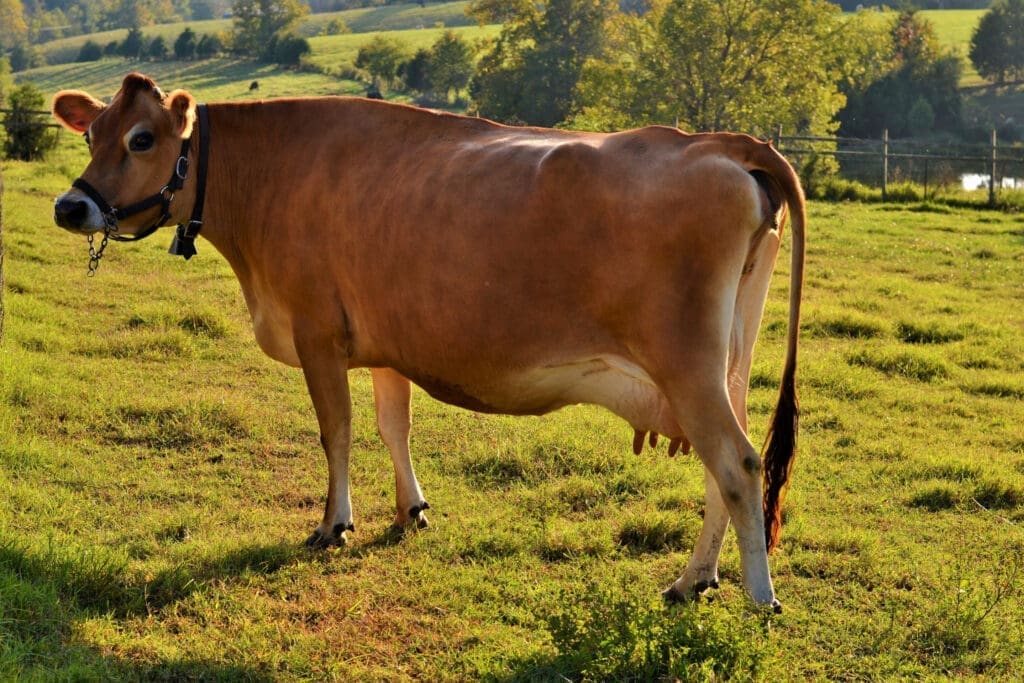
5 – Sustainable Agriculture
Lastly, having a Jersey milk cow on your homestead is a sustainable way to produce dairy products. Raising Jersey cattle – even just one Jersey cow – allows you to control what your animal eats. It’s the most reliable way to ensure your milk is free from antibiotics, hormones, and other harmful additives.
Additionally, keeping a Jersey milk cow helps reduce your carbon footprint by eliminating the need for milk transportation, reducing packaging waste for commercial milk products, and recycling manure for fertilizer in your homestead garden.
You can’t go wrong with a Jersey milk cow – or 2 or 20 – on your homestead. If you have questions about buying and caring for Jerseys, check out our Jersey Cow section on this site for more helpful tips.
Find the Perfect Jersey Milk Cow for Your Homestead
Finding the perfect Jersey milk cow for your homestead doesn’t have to be difficult. Whether you have room for just one or plenty of land for a larger herd, raising Jersey milk cows is beneficial for becoming more self-sufficient.
Sources
- A comparative study on milk consumption of Jersey and Holstein dairy cows during the early lactation. ncbi.nlm.nih.gov. Accessed May 5, 2023.
- Dietary Guidelines for Americans 2020-2025. dietaryguidelines.gov. Accessed May 5, 2023.
- Feeding Jerseys. jerseycanada.com. Accessed May 5, 2023.
- Jersey Cattle. breeds.okstate.edu. Accessed May 5, 2023.
- Lactose Intolerance. medlineplus.gov. Accessed May 5, 2023.
In our kitchen, we only use cultures from Cultures for Health.
Get yours here and start culturing today.
Popular Articles
Newsletter
Get signed up to get latest updates and new information from the Jersey Milk Cow!
Comment
Leave a Reply Cancel reply
This site uses Akismet to reduce spam. Learn how your comment data is processed.

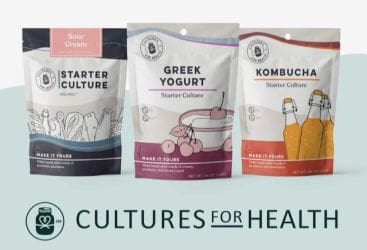




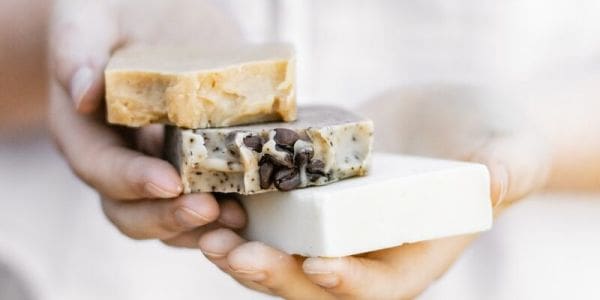

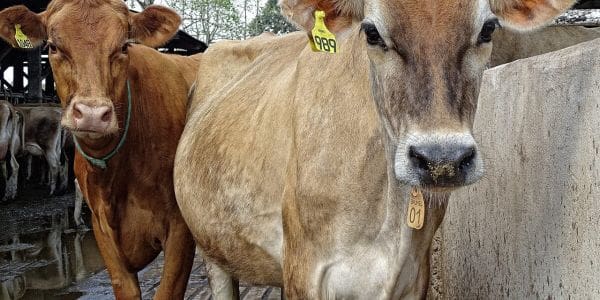
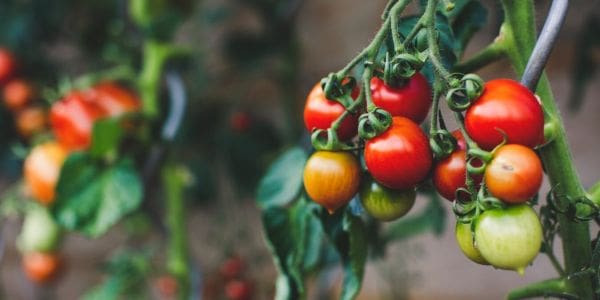


Brandon you have a picture of a Brown Swiss in this commentary about Jersey cows. Just fyi.